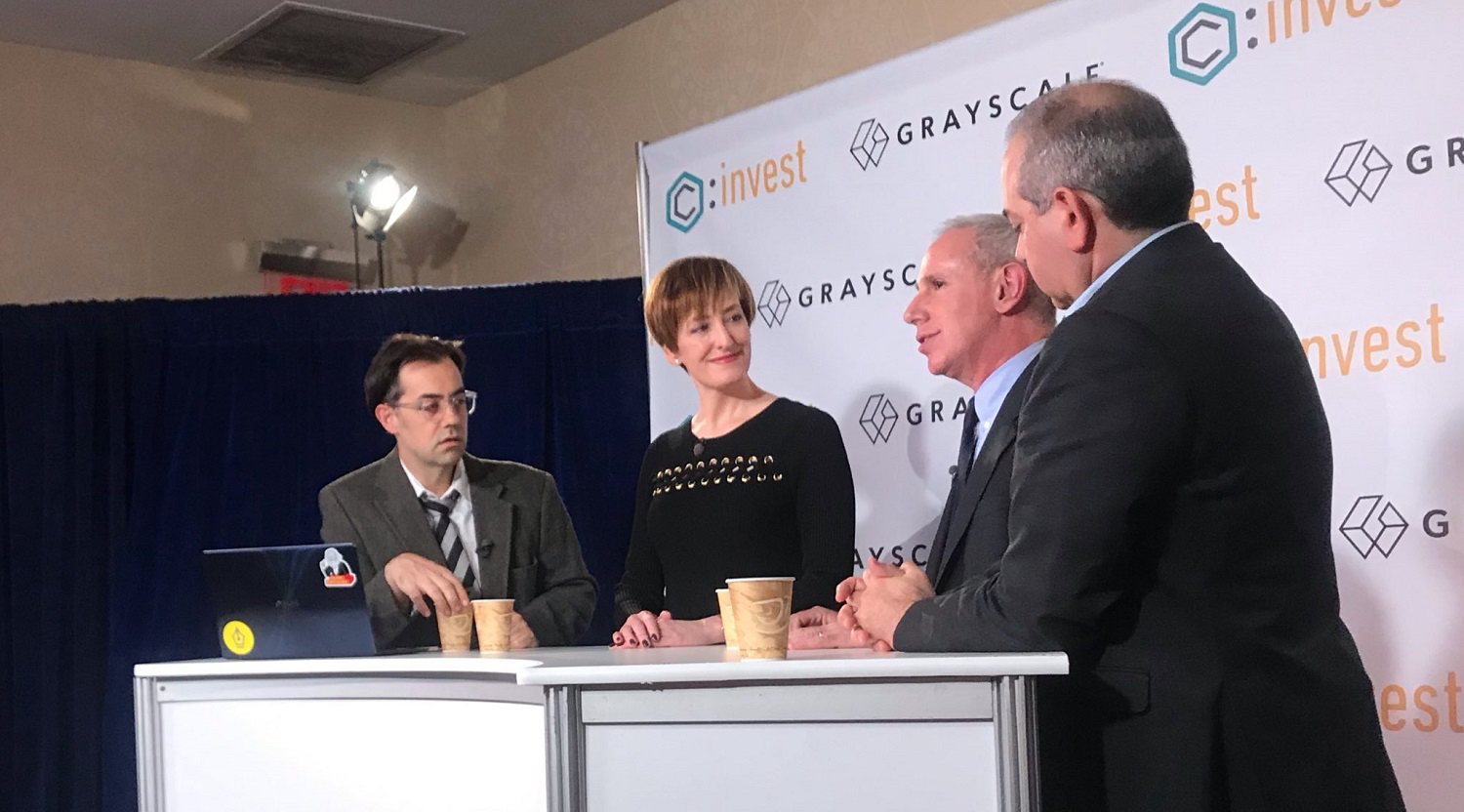The Post Web: Read, Write, Own, Delegate
Web3’s failed decade
In the past week, the markets have seen a huge turnaround. Now is the time for founders and builders to look to the future to the next stage of Web3.

01:45
Bitcoin Tops $93K Lifetime High As U.S. Demand Surges

01:29
DOGE Ascends Over 100% in Past Week, Traders Set $1 Price Target

02:47
Bitcoin Nears $90K; FTX Sues Binance, CZ For $1.8B

17:55
Are Memecoins Driving This Bull Cycle?
The convergence of AI x Crypto and the subsequent explosion of agents on blockchains, we propose, means we are evolving from not “Read, Write, Own” to “Read, Write, Own, Delegate,” creating a new internet paradigm we call The Post Web.
We are moving from the era of the “Attention Economy,” where internet properties compete for our mindshare, to the “Intention Economy,” where agents work to optimally solve our intentions, forming an unprecedented market super cycle.
Powered by innovations in social media, we went from passively reading to actively writing and contributing to the internet. Then Web3 allowed us to also finally own digital assets and unbundle Web2’s powerful platforms.
But today, even with markets picking up, just 5% of the global population uses crypto, and just 1% of internet users (those we assumed would be Web3’s early adopters) use DeFi or DApps at all.
In effect, the majority of us still very much live, work, shop and play in Web2, where attention is the fundamental unit of value. Today’s internet is optimised by powerful algorithms that capture, package, and sell data to advertisers seeking to convert it into e-commerce spend.
So why has Web3 seemingly failed to be adopted?
Ultimately, despite several years of abstraction, Web3 still isn’t usable for the majority of the people. And that isn’t for lack of trying. But, after reflection, its innovations aren’t really about the Web at all. Far from being a new and improved user interface for people to use the internet, it is instead a series of lower-order functionality laying dormant. You could say it’s a sleeping giant, waiting for an actual Web interface that can unlock its potential and make it usable for the average person.
In parallel, we’ve seen advances and adoption of AI. From large language models (LLMs) to agentic networks, they have shown that user interfaces can become more intuitive and handle greater task complexity.
It’s now becoming clear that to unlock Web3’s full potential, we require LLMs as a more intuitive and natural language front-end interface. Agentic networks then can carry out complex backend behaviours on-chain via intents-based-architectures, whether signing transactions or bridging and swapping between different networks. In other words, crypto and AI are convergent and highly complementary technologies.
What if Web3 wasn’t for people to use directly at all? What if its innovations are a new set of internet protocols for machines to manage our digital things and lives, where work and much of the consumer internet are delegated to them on our behalf?
AI needs real economic agency
Today, LLMs like ChatGPT can advise you on a task but can’t be trusted to execute it. It can’t book a holiday, set up a bank account, or sign a new mobile phone agreement. For this, they need adaptive agents and contracting capabilities.
For agents to in fact have full agency, they need a new deterministic yet adaptive computing paradigm; an internet optimized for machines, with machine-readable smart-contracts and machine money for peer-to-peer, or, in fact, agent-to-agent, economic exchange.
For over a decade, the intersection of Web3 and AI has fascinated myself and Outlier Ventures, the global accelerator I founded a decade ago.
We’ve been theorizing about the convergence of AI and blockchains since 2016, publishing several papers and making the industry’s first decentralised AI investment (an early-stage startup called Fetch.AI — the first decentralised protocol designed specifically for agents. That projet has gone on to merge with several other leading DeAI projects ( including Ocean and CUDOS) to become $ASI.
Fast-forward to the present day. There are now over 195 startups at this AI-crypto intersection, and it has become one of the hottest categories of 2024, with a combined market cap of $28 billion. Almost every major Layer One protocol is now positioning themselves for agents from Ethereum to NEAR, TAO and ICP.
Underpinned by real-world demand for AI, DeAI and its close cousin DePin, this new generation of services promises to create a new category of digital assets based on actual fundamentals of supply and demand. This will create a new super cycle that will define the next major bull run. Whilst it’s unlikely they can escape cryptos volatility entirely at first, they should have natural floors due to protocol income streams that should insulate its token economies.
From Read to Write to Own to Delegate
In this context, we can look at a decade of Web3 as a battle hardening of a human-tested stack of distributed architecture and incentive games from smart contracts, token economics, DAOs and DeFi. While too complex for people themselves to operate at scale, the stack is primed for AI and the agentic internet.
But most importantly, the consequence of the convergence process isn’t just another iteration of the Web — it’s the disappearance of the web as we know it. As the internet becomes optimized for agents, they simply don’t need these layers of the Web. They can bypass human shortcuts for the best outcome.
It represents the death of search, interruptive advertising, a website or an app for everything, and, in fact, the app store itself.
This means a wholesale unbundling of business models based on the attention economy as a whole — first slowly and then all at once.
This is the transition from the attention economy to the intention economy, where the agentic internet assembles to optimally solve your needs through intent-based architectures. It is deterministic yet Adaptive, verifiable and hyper contextual. When you optimize for intention over attention, you get minimally extractive value chains and maximally optimised outcomes.
DeAI’s universe of possibility now offers an exciting alternative pathway towards AI’s nirvana, artificial superintelligence, one hopefully based on Web3’s principles of user sovereignty, open-source collaboration, security and modularity.
We have spent hundreds of hours talking with founders across our network and portfolio of close to 400 startups to distil down this future into a formal thesis and serialised audio documentary, to be released over the coming weeks. We hope to help the industry prepare and navigate the process of convergence and a Post Web future.
Join us to explore The Post Web.
Note: The views expressed in this column are those of the author and do not necessarily reflect those of CoinDesk, Inc. or its owners and affiliates.









